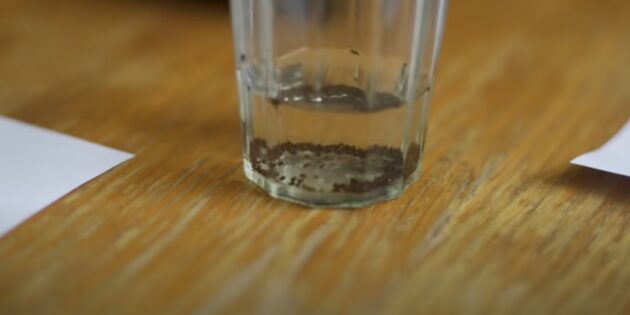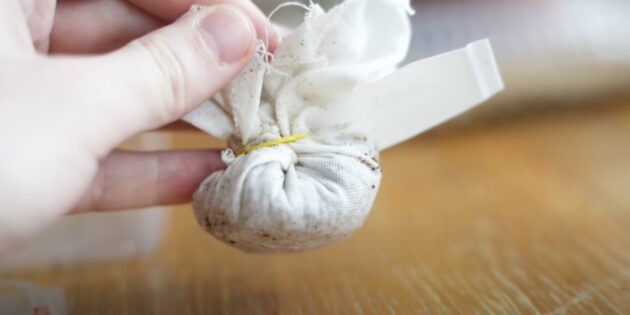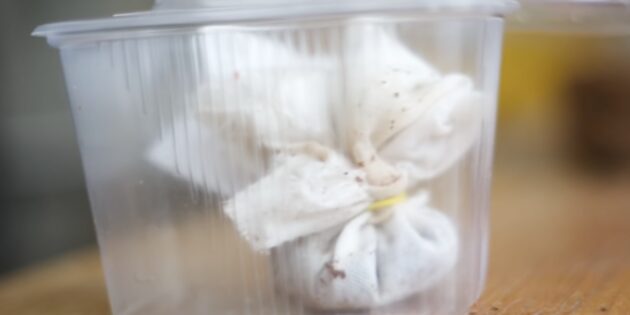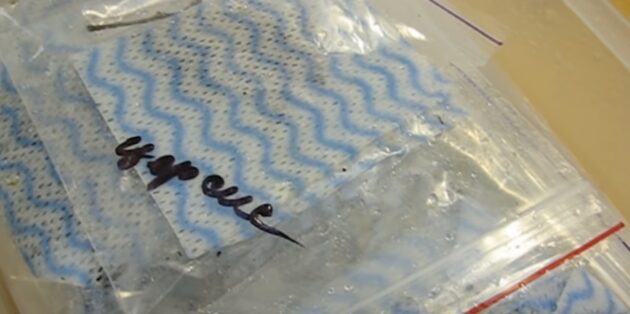The seeds of some crops may not hatch during standard home sowing. To germinate, they need to go through a natural cycle, when they winter in frozen ground or under a layer of snow, and in spring, with an increase in temperature, they become saturated with moisture, shed their hard shell and release a sprout.
Stratification is an imitation of natural conditions, which allows to accelerate the germination of seed germs. They need to be saturated with moisture, placed in the cold at a temperature from 0 to 5 ° C and wait for them to hatch.
Pay attention to the packaging with seeds: usually the manufacturer himself writes about the need for the procedure and indicates the approximate period of stratification.
Flower seeds (for example, lavender, aquilegia, delphinium), two-year-old vegetables (onions, celery, parsley, carrots), strawberries, as well as stone crops (apricot, peach, cherry and others) are mainly needed for cold testing. Each species requires a different time of artificial wintering.
| The name of the culture | Stratification period, days |
|---|---|
| Lavender | 30–40 |
| Aquilegia | 30 |
| Delphinium | 30 |
| Clematis | 30–90 |
| Phlox | 60–120 |
| Carnation | 30–60 |
| Cornflower | 30–60 |
| Primrose | 10–15 |
| Strawberries | 20–30 |
| Onion, celery, parsley, carrots | 20 |
| Apple tree, honeysuckle, maple, sea buckthorn | 30 |
| Rosehip, mountain ash, bird cherry | 120–180 |
| Apricot, peach, pear, Chinese lemongrass | 90 |
| Cherry | 150–180 |
| Plum, cherry plum | 120–180 |
Pour the seeds into a small container, such as a glass. For each crop or variety, use a separate dish and do not forget to sign it so as not to get confused. Fill the seeds with water so that the liquid covers them by about 1 cm. Leave to soak for a day at room temperature.

After that, discard the seeds on a sieve or gauze to drain the excess liquid, and proceed to stratification.
You will need river sand, peat or coconut substrate. Properly moisten the selected component with water, and then squeeze with your hands to drain the excess liquid. Mix the seeds with one of the substrates in a ratio of 1 : 3. Place the lump in a piece of damp cloth and tie the edges of the material with an elastic band.

Put the package in a plastic container, put a piece of paper with the name of the culture in the same place and cover it with a lid.

Instead of manipulating the substrate, a simplified version can be used. Wrap the seeds in a damp cloth, pack them in small zip‑fastener bags and put them in a plastic container with a lid.

Place the jars of seeds in the refrigerator: on the bottom shelf or in a special compartment for storing vegetables and fruits. A cellar is also suitable if the temperature is maintained there from 0 to 5 ° C. Every week, unwrap the bundles and check the seeds: as soon as they hatch, you can complete the stratification process and proceed to sowing.
While the seeds are wintering, make sure that the substrate and fabric are always moist. If necessary, spray them with water from a spray bottle.